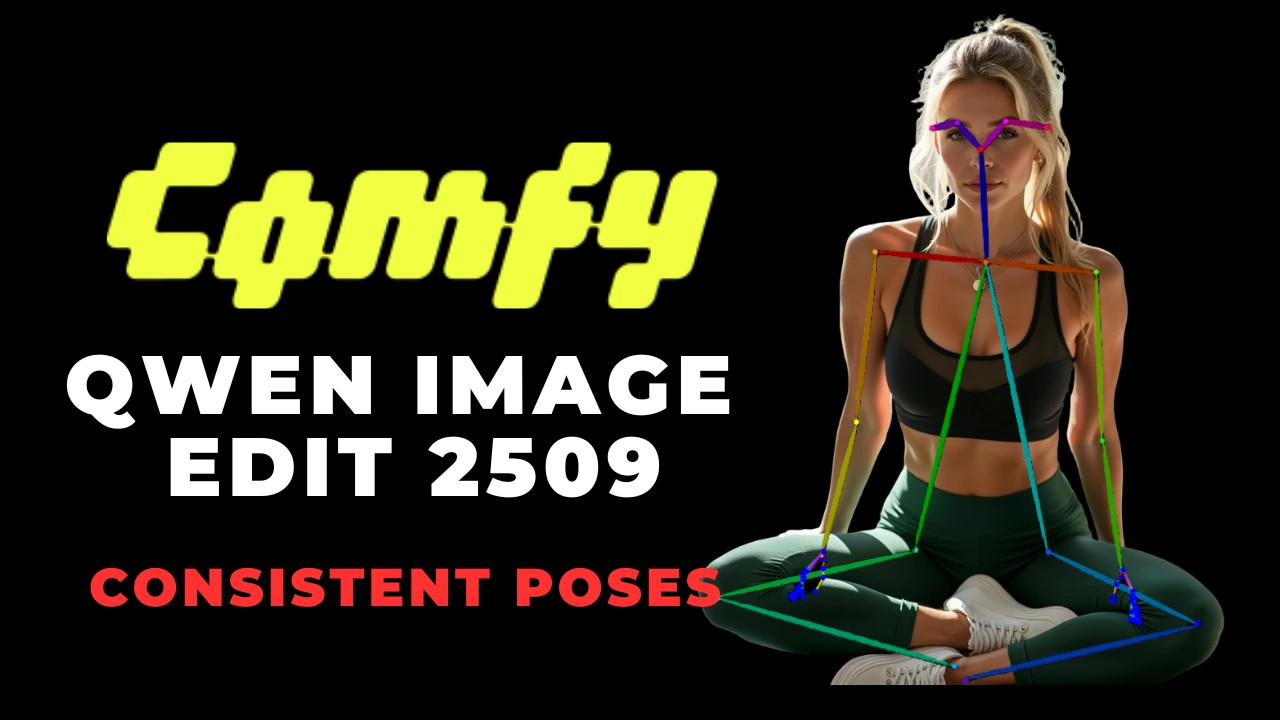How to Create Captivating Optical Illusions with AI and Stable Diffusion
Table of Contents
1. Introduction
Welcome to the fascinating world of optical illusions! In this tutorial, we will explore how to harness the power of AI, particularly through Stable Diffusion and ControlNet, to create mind-bending visual art that captivates and engages. Whether you want to transform logos, hide text, or create squint images, this guide will serve as your roadmap. By the end of this tutorial, you will not only understand how to install necessary tools but also gain insight into the creative process behind generating these stunning effects.
2. Getting Started: Installation Requirements
Before diving into the art of optical illusion creation, you need to ensure that you have everything set up correctly. Here are the essential steps to get started:
-
Install Stable Diffusion: If you haven't installed it yet, don't worry! You can find a simple installation tutorial right on our website: How to Install Stable Diffusion on Windows
-
Install ControlNet: This tool is necessary for creating intricate visual effects. If you haven’t installed ControlNet yet you can watch our ControlNet Installation video.
-
Download QR Code Monster Model: Go to the Hugging Face QR Code monster website and download “control_v1p_sd15_qrcode_monster.safetensors” & “control_v1p_sd15_qrcode_monster.yaml”
-
Once downloaded, place the models in the following folder location: "stable-diffusion\stable-diffusion-webui\extensions\sd-webui-controlnet\models”.
With these components ready, you're well on your way to creating mesmerizing optical illusions!
3. Preparing Your Canvas
Now, let's prepare the image that will be the canvas for our optical illusion. This technique is versatile and can be applied to various elements, including logos, pictures, and text.
Images
For images, it's recommended to convert them into high-contrast black and white pictures. However, it's not mandatory to strictly transform them into black and white images as you will see in the examples later on.
Logos & Text
When working with logos and text, it's essential to have a black logo/text on a white background. This combination provides Stable Diffusion with the ideal contrast and clarity to perform its magic, ensuring the optical illusion achieves the desired effect.
Examples of Black & White Images

4. Creating Optical Illusions
4. Stable Diffusion Settings (Txt2img)
Now that we have our black and white canvas ready, let's proceed with creating the optical illusion. This technique works seamlessly with various elements, allowing you to experiment with logos, pictures, and text.
Once Stable Diffusion has been accessed, proceed to the 'txt2img' tab, select your favorite checkpoint and write your prompts. I used RealisticVision and Dreamshaper as my checkpoints.
Now adjust the following settings:
-
Sampling method: DPM++ 2M Karras or Euler a.
-
Sampling steps: 30 or higher
-
Width & Height: Ensure that you maintain the same aspect ratio as your canvas.
-
CFG Scale: 4 to 8
Next up, make sure you enable Hires. Fix, this will ensure a smooth transition between your canvas and the generated image.
-
Upscaler: I select 4x-UltraSharp, this is not a default option but it’s recommended to use with the RealisticVision checkpoint. Alternatively you can use ESRGAN_4x.
-
Hires steps: 20 or higher
-
Denoising Strength: 0,4 - 0,6
-
Upscale by: 1.1 - 2

5. ControlNet Settings (Txt2img)
Open up ControlNet and upload your prepared image. Here we only need to adjust a few settings. First off, don’t forget to enable ControlNet by checking the box.
-
Pixel Perfect: Yes
-
Preprocessor: None or Invert, you can use both and see what you like best.
-
Model: control_v1p_sd15_qrcode_monster
-
Control Weight: 0.7 - 2, You can play around with this value. The lower the value the harder it will become to see your image, making you really need to squint your eyes!

6. Exploring Examples of Optical Illusions
One of the most rewarding parts of this tutorial is exploring the fascinating examples of optical illusions that can be created with this technique. Here are a few types of creations you can experiment with:
- Images: Create stunning visual art that plays tricks on the eyes.

- Logos: Transform brand logos into mesmerizing designs.

- Text: Hide messages within a visual display, inviting viewers to discover hidden meanings.

Each of these elements offers a unique perspective and showcases the creative potential of Stable Diffusion. By experimenting with various combinations, you can discover how different settings impact the final result.
7. Conclusion
In conclusion, we have journeyed through the captivating realm of optical illusions powered by Stable Diffusion and ControlNet. By following the steps outlined in this tutorial, you can unlock your creativity and produce stunning visuals that engage and intrigue. Remember, experimentation is key, so don't hesitate to play around with different settings and elements to find what resonates with you. We hope you found this guide helpful, and we encourage you to explore even further into the world of AI-generated art. Stay tuned for more tutorials and tips on unleashing your creativity!



